Madrid, Spain —(Map)
Over the last two weeks, leaders from around 200 countries took part in a United Nations (UN) meeting in Madrid, Spain on the climate crisis. The meeting ended Sunday with several important problems not solved.
In 2015, the world’s countries signed the “Paris Agreement” to work together to slow global heating. The Paris Agreement set goals for countries to cut pollution. Though many countries are making progress on their Paris goals, many more are not on track to meet those goals.
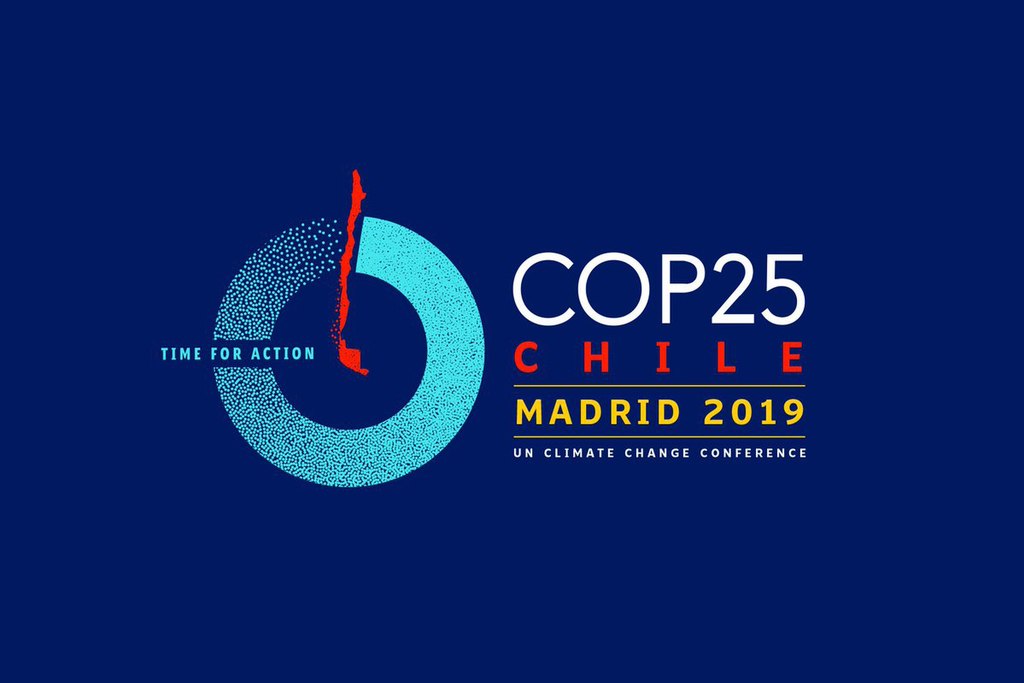
(Source: Ministry of the Presidency. Government of Spain, via Wikimedia Commons.)
Climate Crisis
The climate crisis is a global emergency caused by the change in weather patterns around the world because of human activity. Global heating is a huge part of the climate crisis. The world is getting hotter, mainly because humans are burning “fossil fuels” like coal, oil, and natural gas to make energy. These fuels give off pollution which makes the climate emergency worse. These kinds of pollution are often called “greenhouse gases” or “carbon emissions”.
The world’s countries have agreed to pollute less, but so far not much has changed. The effects of global heating will make life hard, and sometimes impossible, for most living things. Scientists say humans must take strong action before 2030 to avoid the worst effects of the climate emergency.
The UN’s most recent climate meeting, known as COP25, was meant to work out details for meeting the goals of the Paris Agreement, and to encourage countries to take even stronger actions more quickly.
Huge protest marches were organized in Madrid to encourage the people at the meeting to take strong action. As the meeting went on and little action was taken, protesters got frustrated.
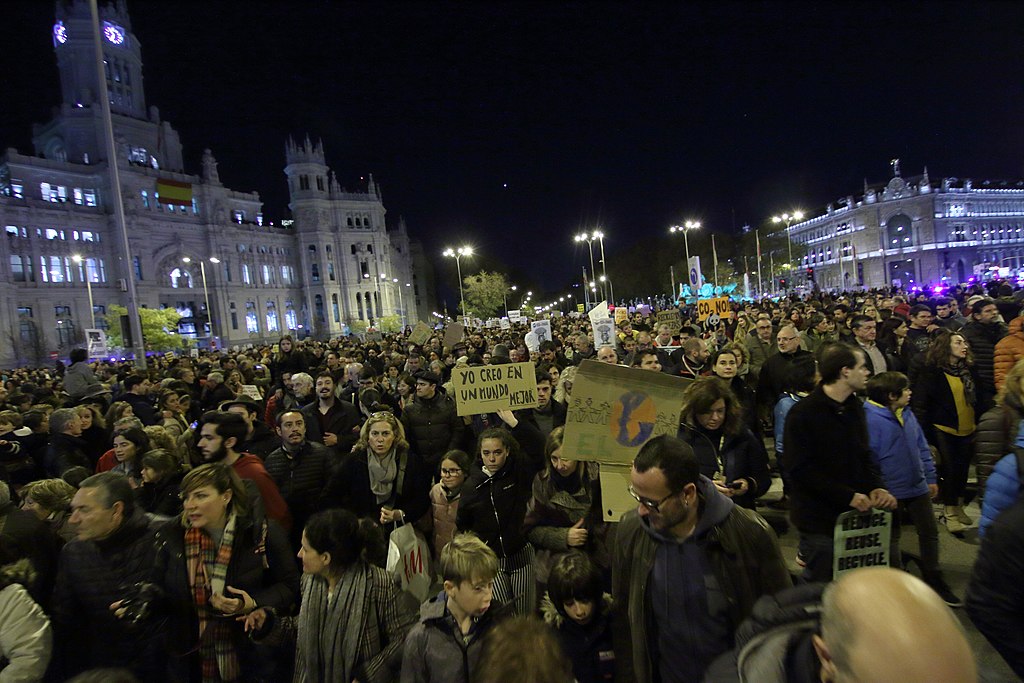
(Source: Malopez 21 [CC BY-SA 4.0], via Wikimedia Commons.)
Though the threat from the climate crisis is greater than ever, and the theme for the meeting was “Time For Action”, not all groups at the meeting agreed that it truly is time for action.
The meeting was scheduled to end on Friday, but went on for an extra two days because the leaders were unable to reach agreements on important points.
The problem that seemed hardest to solve was figuring out how international “carbon markets” would work. Carbon markets are a way to put a price on pollution.
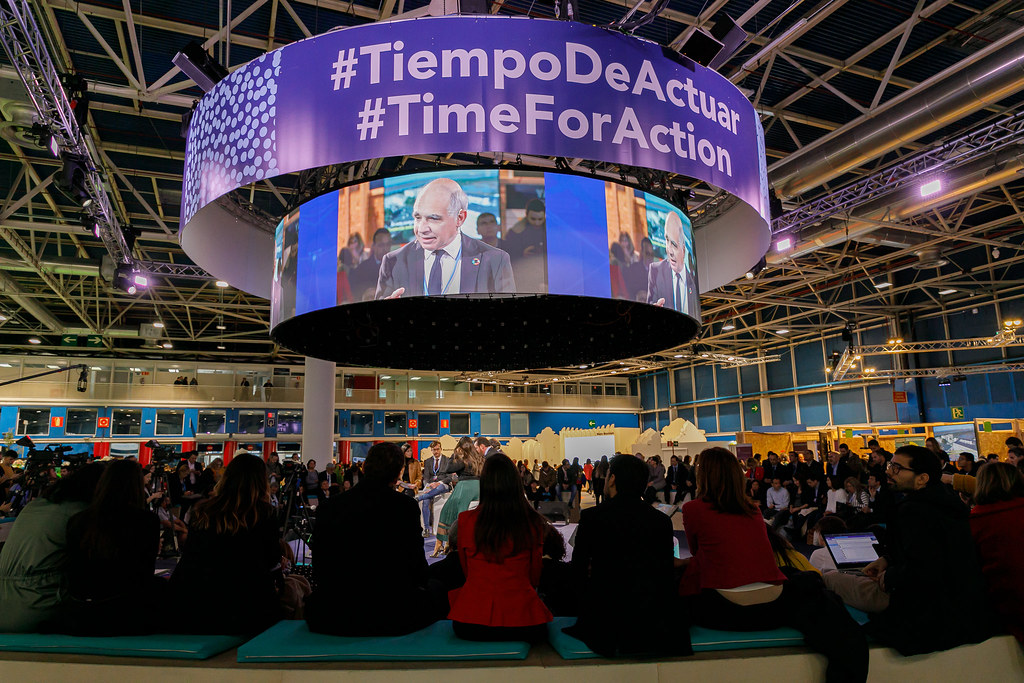
(Source: Ministerio de Fomento, via Flickr.com.)
All countries are supposed to be cutting their pollution. A carbon market would allow a country that is still polluting too much to buy “carbon credits” from a country that had cut pollution more than it needed to.
Though a carbon market could be useful for cutting pollution, if it’s done the wrong way, it could allow countries to keep polluting without changing their behavior.

(Source: La Moncloa – Gobierno de España, via Flickr.com.)
Countries also disagreed about how to share the costs of the climate crisis fairly. Though most of the pollution in the world has been caused by richer countries, the effects of the climate crisis will be felt most strongly in poor countries.
In order to encourage all countries to cut their pollution, poorer countries need to be given help – an idea richer countries don’t like.
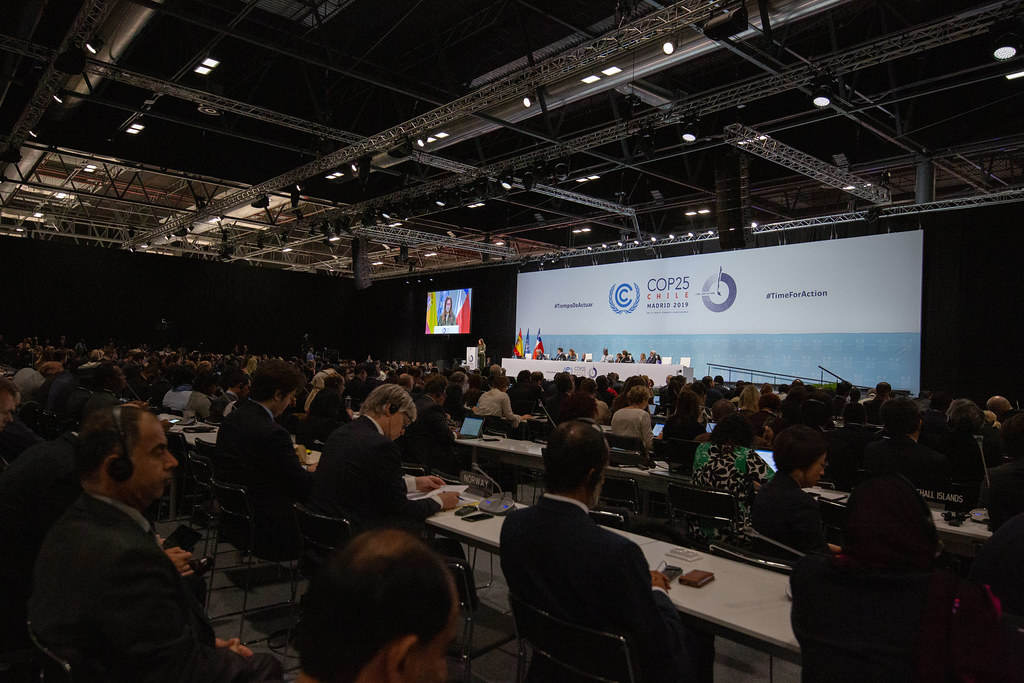
(Source: UNclimatechange, via Flickr.com.)
The disagreements at COP25 were mainly caused by the countries that create the most pollution, like the US, China, Brazil, Australia and Saudi Arabia. The governments of many of these countries worry that taking action on the climate crisis will cost a lot of money and hurt businesses in their countries.
For many climate experts, that position seems silly, since the costs of not taking action on the crisis are so much larger and affect the whole planet. This point was also made by Greta Thunberg and several other young people who were given opportunities to speak at the event.
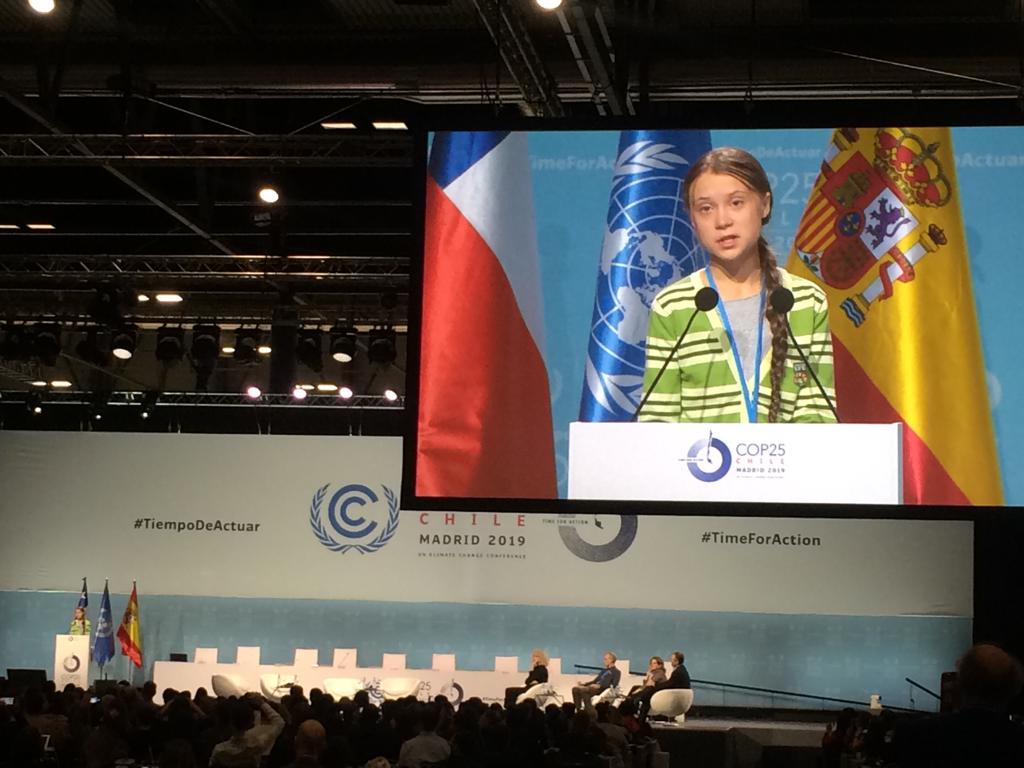
(Source: John Englart, via Flickr.com.)
The problems that didn’t get resolved at this meeting will come up again at next year’s COP26 meeting in Glasgow, Scotland.
Did You Know…?
Though US president Donald Trump plans to pull the US out of the Paris Agreement, Nancy Pelosi, the leader of the US House of Representatives, went to speak at the COP25. She wanted to send the message that the US is still interested in climate action, even if Mr. Trump is not.
😕
This map has not been loaded because of your cookie choices. To view the content, you can accept 'Non-necessary' cookies.
